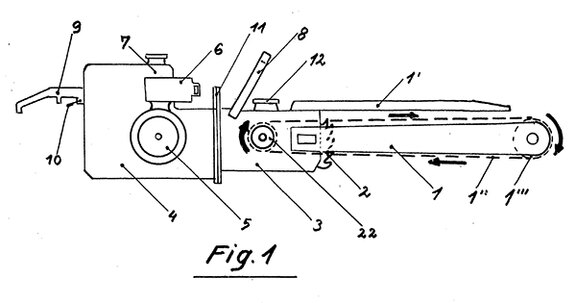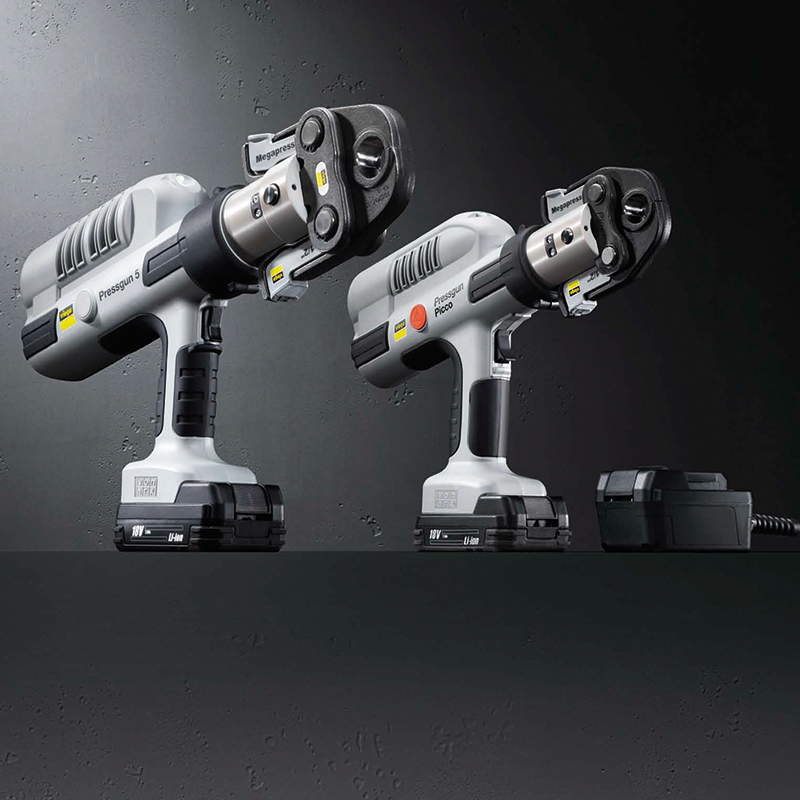BLK stands for “Benzin – Leicht – Klein,” or “Petrol – Light – Small.” That said it all: those were the characteristics of the “Stihl BLK” motorized lightweight chainsaw that mechanical engineer Andreas Stihl launched on the market in 1954. The device weighed just twelve kilograms and could be operated by one forest worker alone. It was designed so that the flywheel and fan were separated from each other, which distributed the already low weight ergonomically. The saw featured a gearbox housing, which could be rotated so it could be used to make cuts in different directions.
Relief for forest workers: the chainsaw
Andreas Stihl knew his trade: he studied mechanical engineering at Eisenach Technical College in the 1920s. He then worked as a specialist for steam engines, which were used in sawmills at the time. When he saw how the tree trunks had to be laboriously transported to the stationary saws, he knew: “The saw should go to the tree and not the tree to the saw.” This is how he came up with the idea of a petrol-driven chainsaw that would make life easier for forest workers. In 1926, he founded A. Stihl Ingenieurbüro in Stuttgart and continued to fine-tune his idea. He launched more and more new models on the market, soon exporting them to neighboring European countries, Russia, and America. Today, Stihl, with its headquarters in Waiblingen-Neustadt, claims to be the world’s leading manufacturer of chainsaws and power tools.
(Image: iKlicK – pixabay.com)







